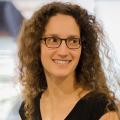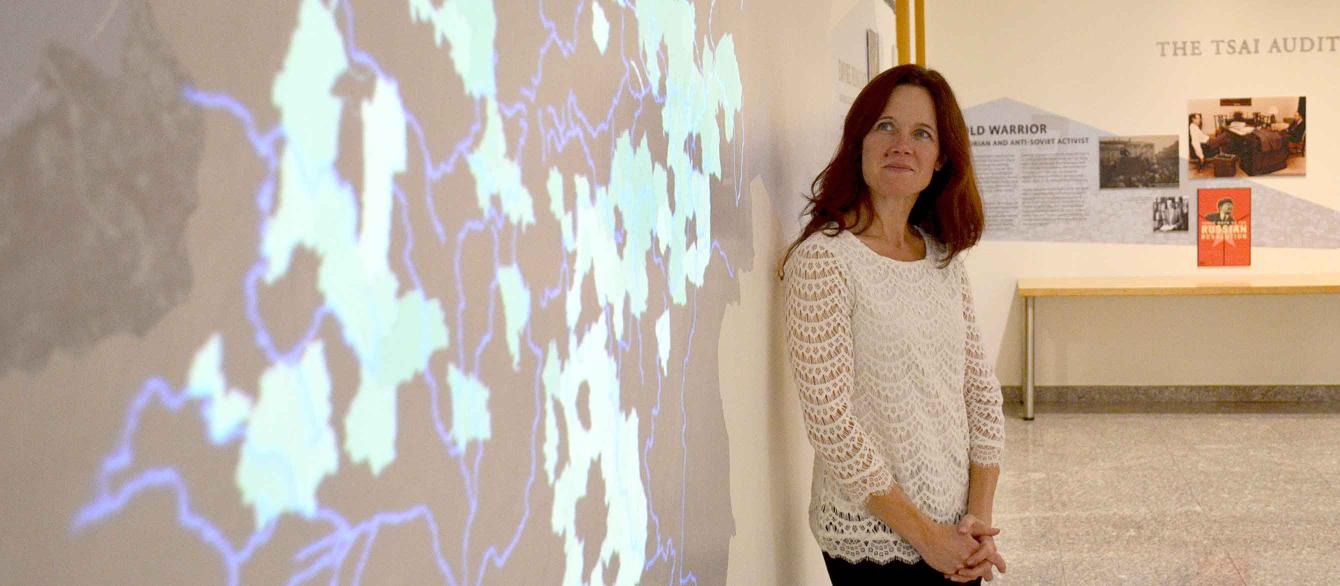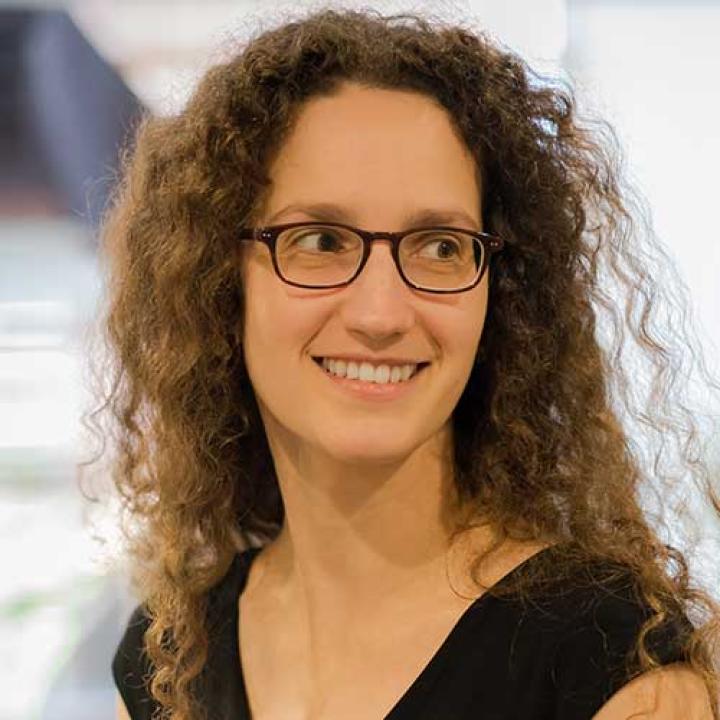A new model for building programs comes to the Davis Center this year: the Scholar-Entrepreneur, the active scholar who is also passionate about building institutions and programs. By creating an ecosystem in which outstanding scholars pursue their research agendas while mentoring students and creating programming for the community, the Davis Center seeks to foster opportunities for innovative scholarship and learning while bringing regional studies closer to practice. “Universities tend to be risk-averse places, creating programs and then hiring people to staff them,” says Davis Center Director Rawi Abdelal. “This is the other way around: building from the ground up. As we build these programs, we are investing in these scholars.”

Arvid Bell
Negotiation Task Force
Why is it that certain countries are unable to liberate themselves from unresolved conflicts? It’s complicated. Arvid Bell believes matters are always a bit more complex and nuanced when you get to know places. If more people had training in negotiation techniques, says Bell, they could make a difference.
Bell, who holds a doctorate in political science from Goethe University Frankfurt, seeks through the Negotiation Task Force to bridge the “knowing-doing gap” in U.S.-Russia-EU relations. “There’s always a difference between knowing what went wrong and being able to solve the problems,” says Bell. “And that’s where negotiation comes in.”
The Negotiation Task Force applies the Harvard method of principled negotiation to the Eurasian environment and its unique challenges. The NTF’s work encompasses three kinds of activities: research, strategic analysis, and training. Its original case exercises and simulations—including the uncannily realistic “Red Horizon” wargame piloted in December—aim to prepare future leaders and professionals to navigate complex, turbulent conflicts.
Universities tend to be risk-averse places, creating programs and then hiring people to staff them. This is the other way around: building from the ground up. As we build these programs, we are investing in these scholars.
Rawi Abdelal
Director of the Davis Center
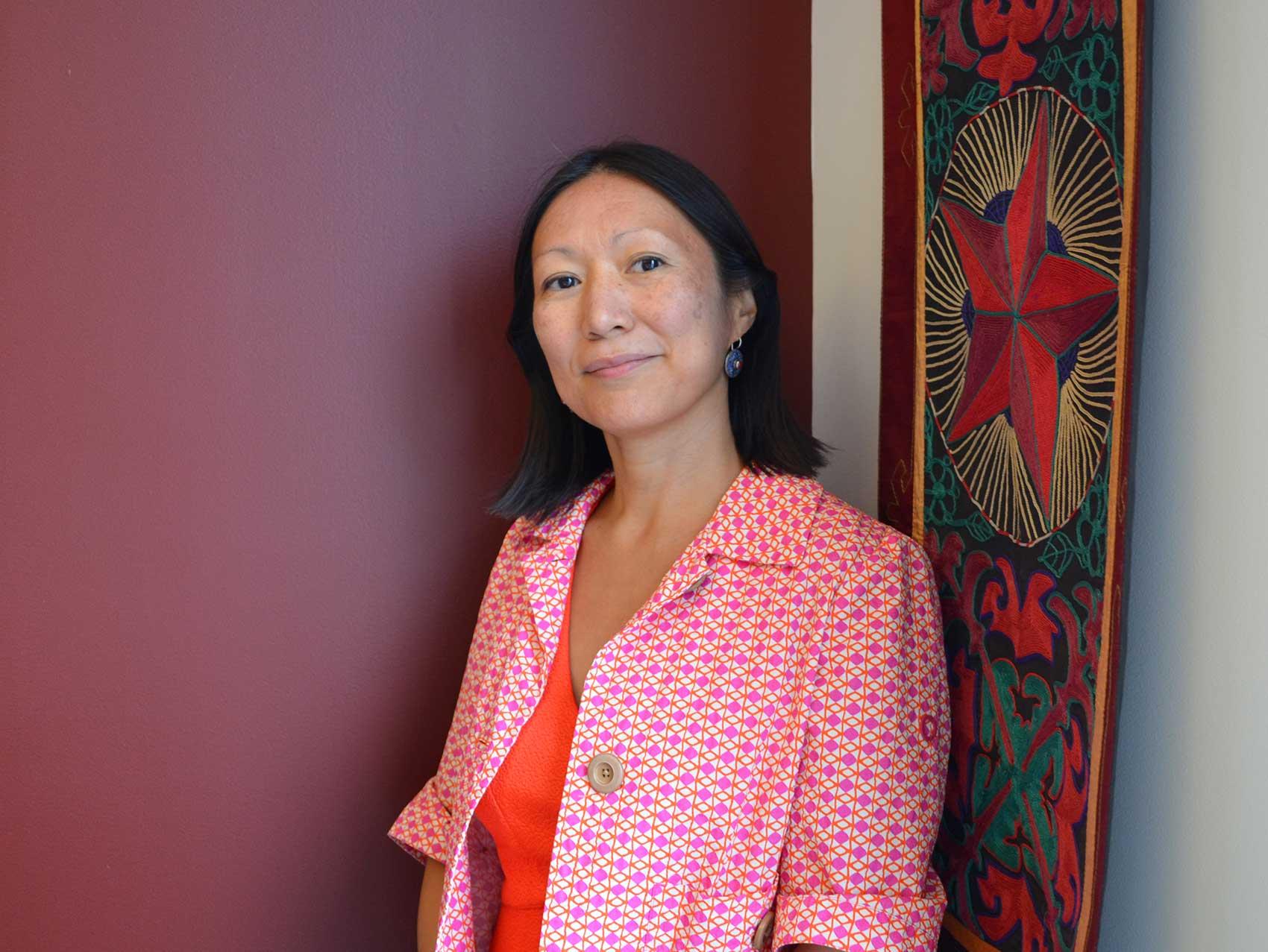
Nargis Kassenova
Program on Central Asia
Look at a map of the former Soviet space and you might get the impression that the story of Central Asia is largely a Russian one. But zoom out and you’ll see something different. The Central Asian states have been working on nation building, state building, and integrating themselves into global markets. They’re connected to Russia, but also to China—not to mention India, Europe, the United States, Japan, and South Korea.
Nargis Kassenova, a political scientist who founded flagship Central Asian studies programs at KIMEP University in Almaty, Kazakhstan, has come to the Davis Center to build a vibrant Central Asia program that places this region in geopolitical context.
Kassenova, who holds a Ph.D. in International Cooperation Studies from Nagoya University (Japan), is a leading expert on Central Asian politics and Eurasian geopolitics. Her current work traces changes in domestic, regional, and global economic governance resulting from China’s monumental Belt and Road Initiative (BRI) in Central Asia. In other words, she looks at what happens on the ground when Central Asian states, investment-thirsty and infrastructure-poor, attempt to benefit from China’s thrust into the region.
BRI represents China’s narrative of positioning itself, according to Kassenova. “It is a Chinese story, a global story, and very much a Central Asian story. We are watching what is happening on the ground in response to Chinese infrastructure and investment, and we see the Central Asian countries aligning their policies and development stories with those of China. They see China as an agent of modernization—not Russia.”
As Eurasian states experience fundamental shifts in their geopolitics and geoeconomics, neighboring Asian states are coming up with their own connectivity schemes. All of these complex processes are making their imprint on Central Asia—with Kassenova’s program providing needed research and analysis on these phenomena as they play out.
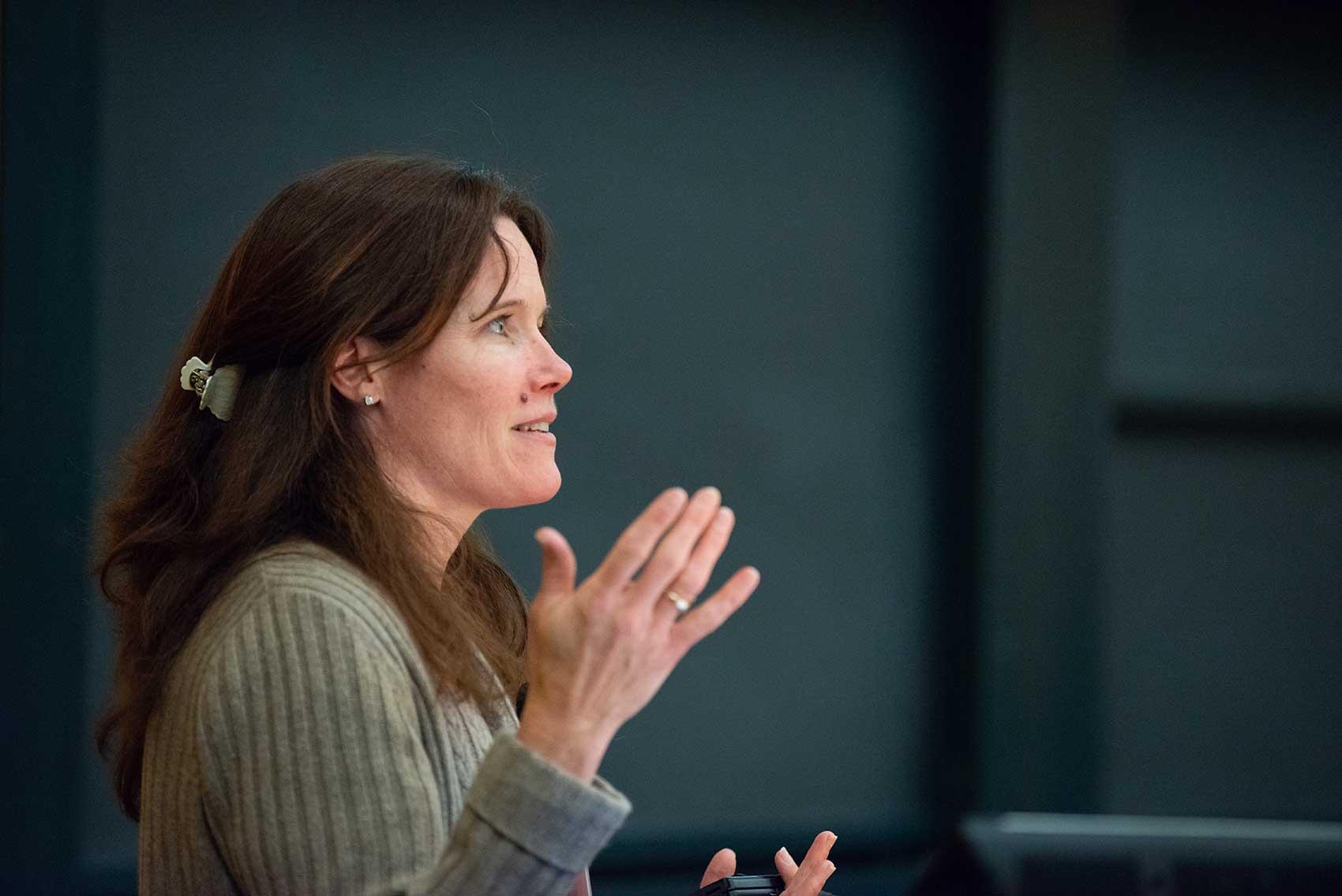
Kelly O’Neill
Imperiia Project
“Not everyone is obsessed with why where matters. But they ought to be.” This is the guiding principle behind the Imperiia Project, a collaborative endeavor led by historian Kelly O’Neill to create a spatial history of the Russian Empire—and by so doing, “to produce usable, accessible, essential knowledge about the past.”
While maps today play an important role in our daily lives, they are nothing new. And they have played a crucial role in what we know about the world. Russian officials started issuing maps during the reign of Peter the Great and never stopped.
“Geographers impose spatial grids; historians impose temporal grids,” explains O’Neill. “Combine them and you get historical GIS.” But how do you turn historical texts, charts, and atlases into interactive digital maps? It takes a collaborative team of students, programmers, historians spanning the Harvard community.
We know strikingly little about some fundamental aspects of imperial history—and I don’t think we should be content with that.
Kelly O'Neill
Director, Imperiia Project
In the project’s current phase, the Imperiia team is building a crucial piece of infrastructure: a gazetteer, or database, of more than 50,000 historical place names and locations throughout the Russian Empire. The sheer number of places long forgotten, ruined, relocated, or renamed makes this work especially painstaking. Yet for both individual and collaborative research into understanding the past spatially, the potential payoff is enormous.
“We know strikingly little about some fundamental aspects of imperial history—and I don’t think we should be content with that,” says O’Neill. Imperiia’s interactive mapping work reveals vivid details of life in the Russian Empire. We now know, for example, the locations where the imperial navies felled their oak trees to build warships, the rivers where they wanted to float logs, the number of ice-free days, and the distance to where the ships would end up. We also know about things like Crimean integration.
“History as a discipline is changing. We’ve never lacked for sources, but thanks to the digital turn, we now have lots of everything—a whole new set of tools for doing things with information. It’s not necessarily clear what to do with them all, or how to use them. I propose that we start with mapping.” And through mapping, the Imperiia Project will change the way we think about Russian history.




